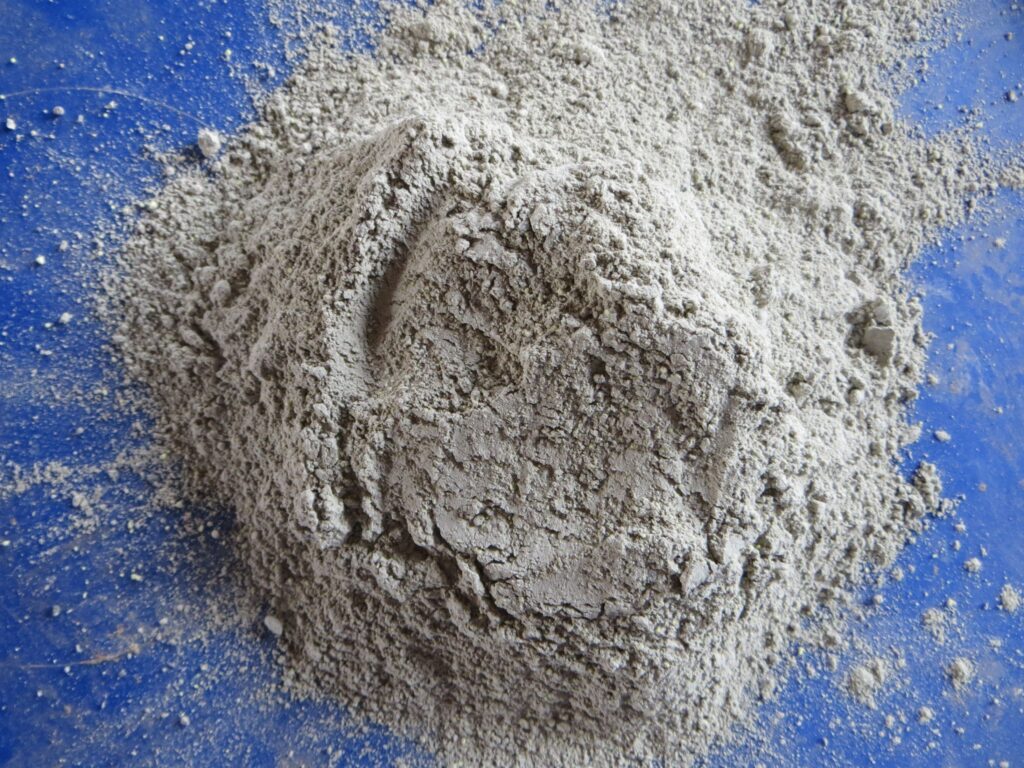Having trouble with dust in and around your track plants?
At first glance, it might seem like nonsense to worry about a bit of dust build up around a rock crusher, but don’t be deceived! This article will focus on preventing dust build up from causing problems with your crushing equipment. Dust build up in certain places in the plants, like cabinets and engine compartments needs to be managed for several reasons.
Overheating
If dust builds up in places where radiator air-flow becomes restricted, obviously the machine’s temperature will suffer. The current generation of machines can be very fickle when it comes to what parameters the Electronic Control Units find acceptable. If your machine keeps shutting down for excessive temperature, you might have an issue with dust not allowing proper cooling of the machine’s components.
Mechanical Abrasion
Another problem with dust building up is known as “mechanical abrasion”. This is simply two surfaces rubbing together, causing wear to one or both surfaces. For example, even the
small vibration that you can feel by putting your hand on the frame while the machine is operating could be enough to cause components to rub together and, over time, cause them to fail. In an engine compartment, the dust could build up to the point that it starts to rub against the oil pan or other parts. We are seeing oil pans wearing thin, wire harnesses rubbing through, and gaskets failing because of neglected dust management—all preventable.
Dust is Electrically Conducive
A third issue is the problem of dust being electrically conducive. Once the wire insulations have worn through, electricity will start to look for a path of least resistance and moist dust
can be an excellent conductor to take that energy to places where is not wanted. Low current leakage could cause sensors to malfunction, while high voltage might cause a person to suffer electrocution.
To manage the problem of dust build-up, please monitor for potential problems while doing your pre-shift inspections and then clean out the problem areas as necessary. We neither recommend you hose “everything” out with water, nor use compressed air to blow all dust out, since this might push contamination past filters or into electronics. You will have to assess each situation differently and take care to remove excess dust in a way that doesn’t cause increased risk of damage. When in doubt on how to proceed, call Mellott and ask one of our support specialists what method they recommend to manage the build-up.


